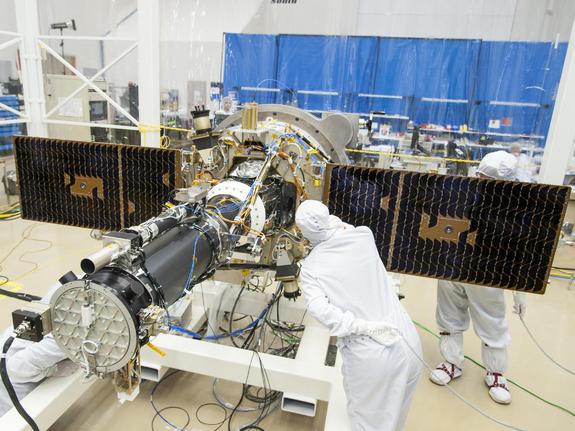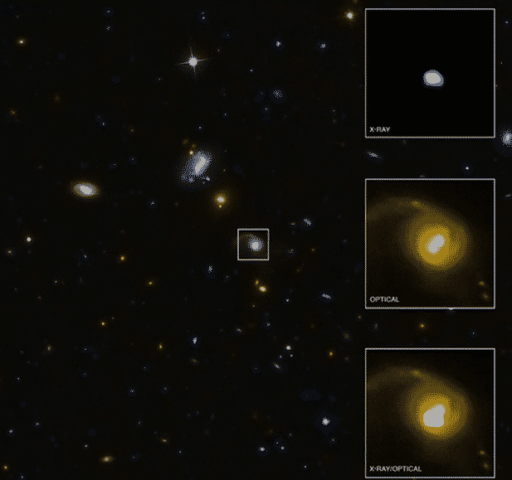Today on June 26, NASA was supposed to launch a new solar satellite named Interface Region Imaging Spectrograph (IRIS). Due to a power outage in California over the weekend the launch of the satellite has been delayed. Now NASA plans to launch this satellite no earlier than Thursday (June 27).
The IRIS is a new ultraviolet space telescope that will examine the Chromosphere, a long-ignored layer of plasma beneath the corona, in unprecedented detail. IRIS will not only photograph the sun but also will return spectra—detailed breakdowns of the star’s light that can reveal subtle physical processes at work.
IRIS will be launched aboard a Pegasus XL rocket, which is built by the Virginia-based aerospace firm Orbital Sciences. A carrier aircraft will drop the Pegasus into the skies above Vandenberg, at which point the rocket’s engines will kick on and send the spacecraft into Earth orbit.
IRIS will observe the sun for eight months at around 400 miles above Earth’s surface.
Source: Space.com
[ttjad keyword=”hdtv”]




